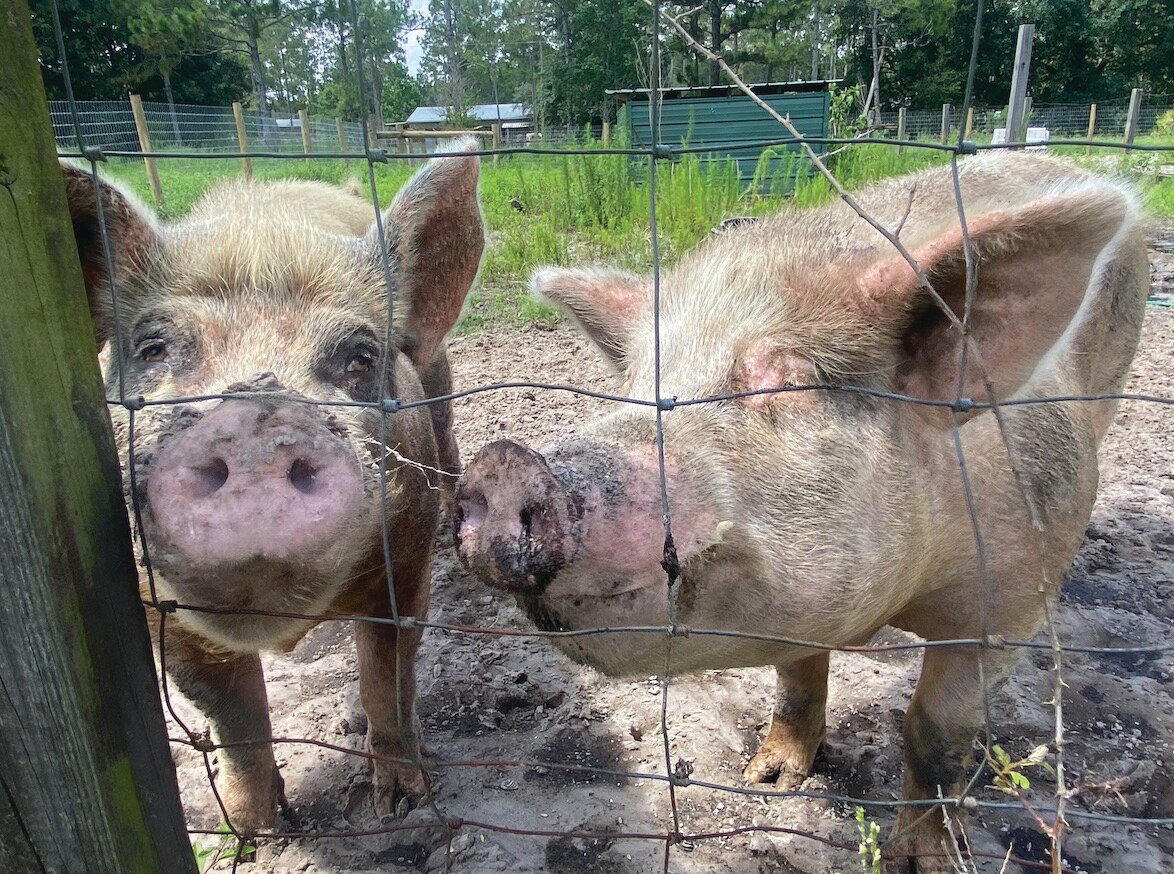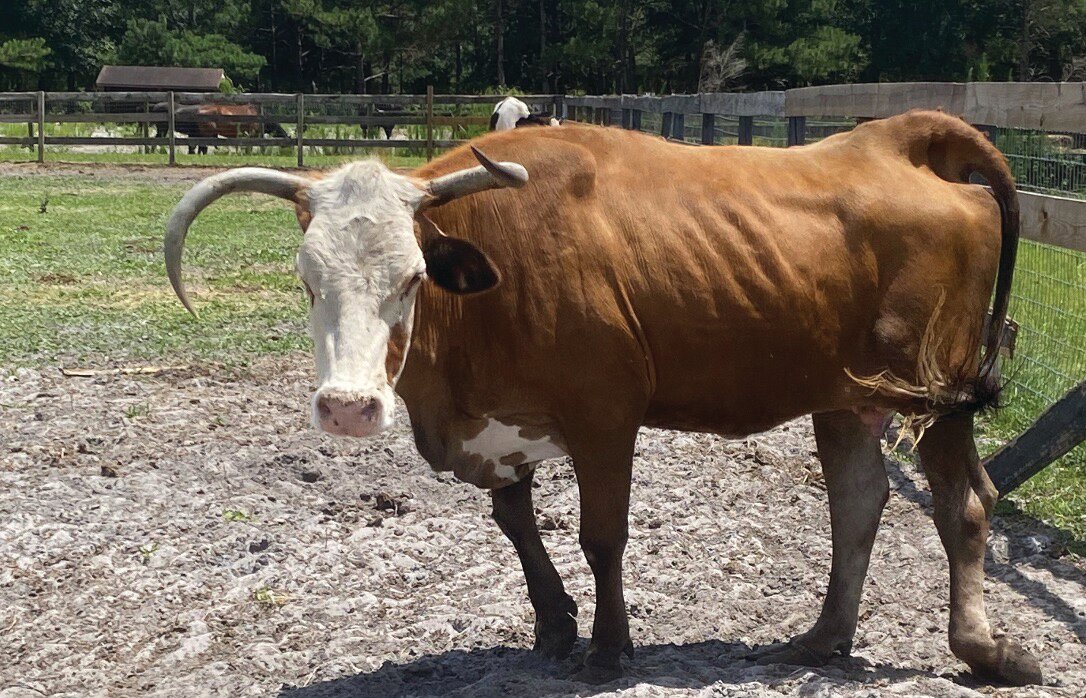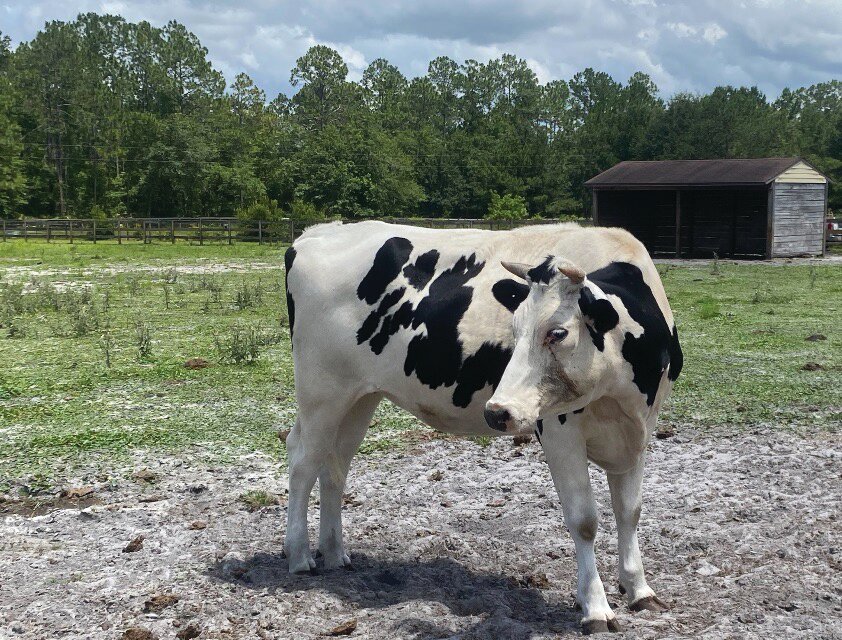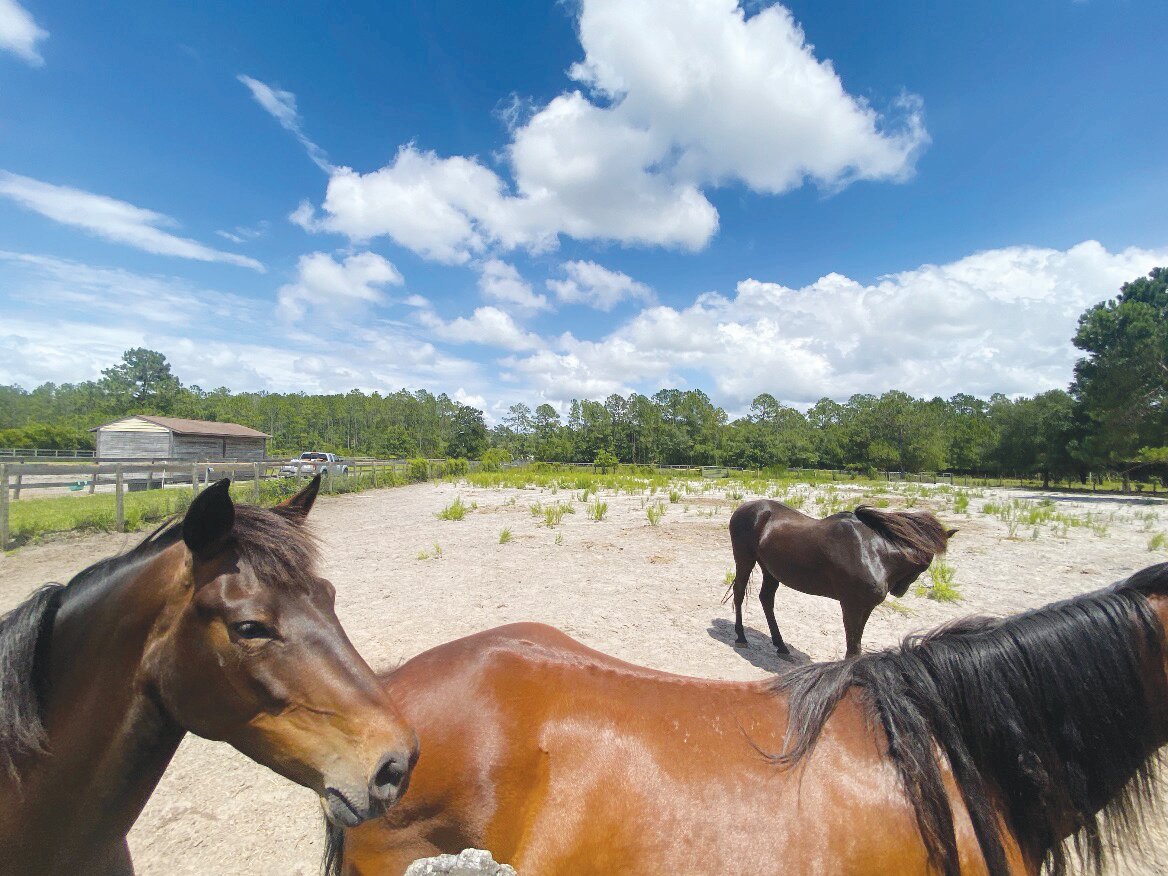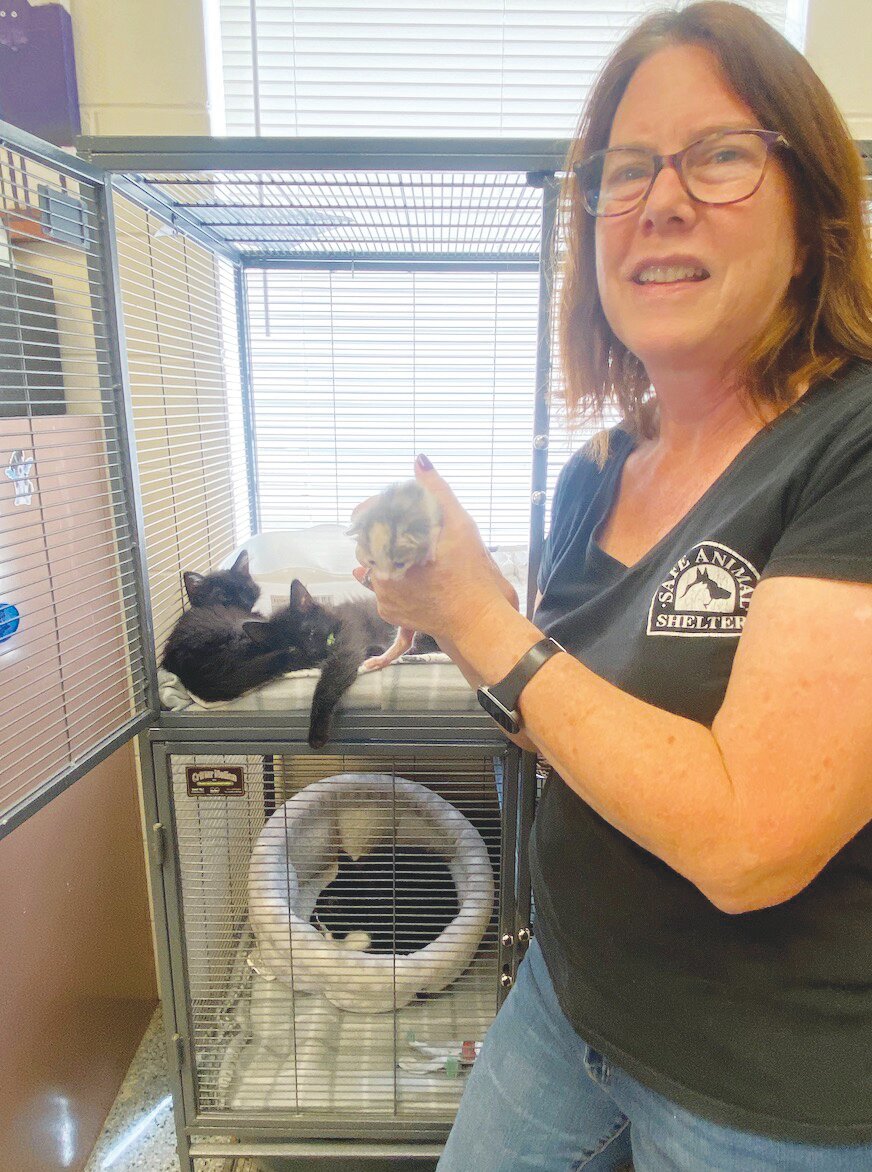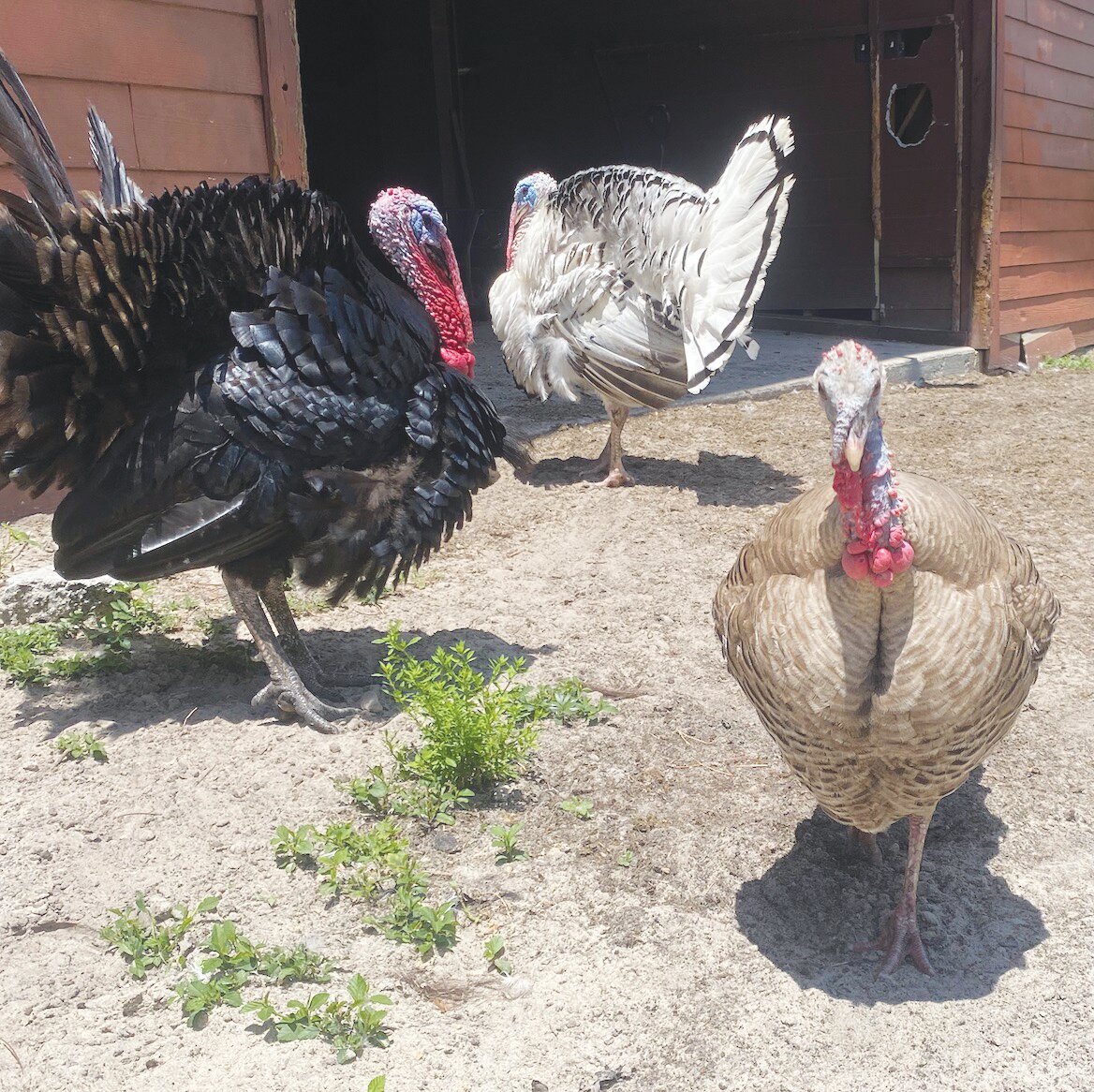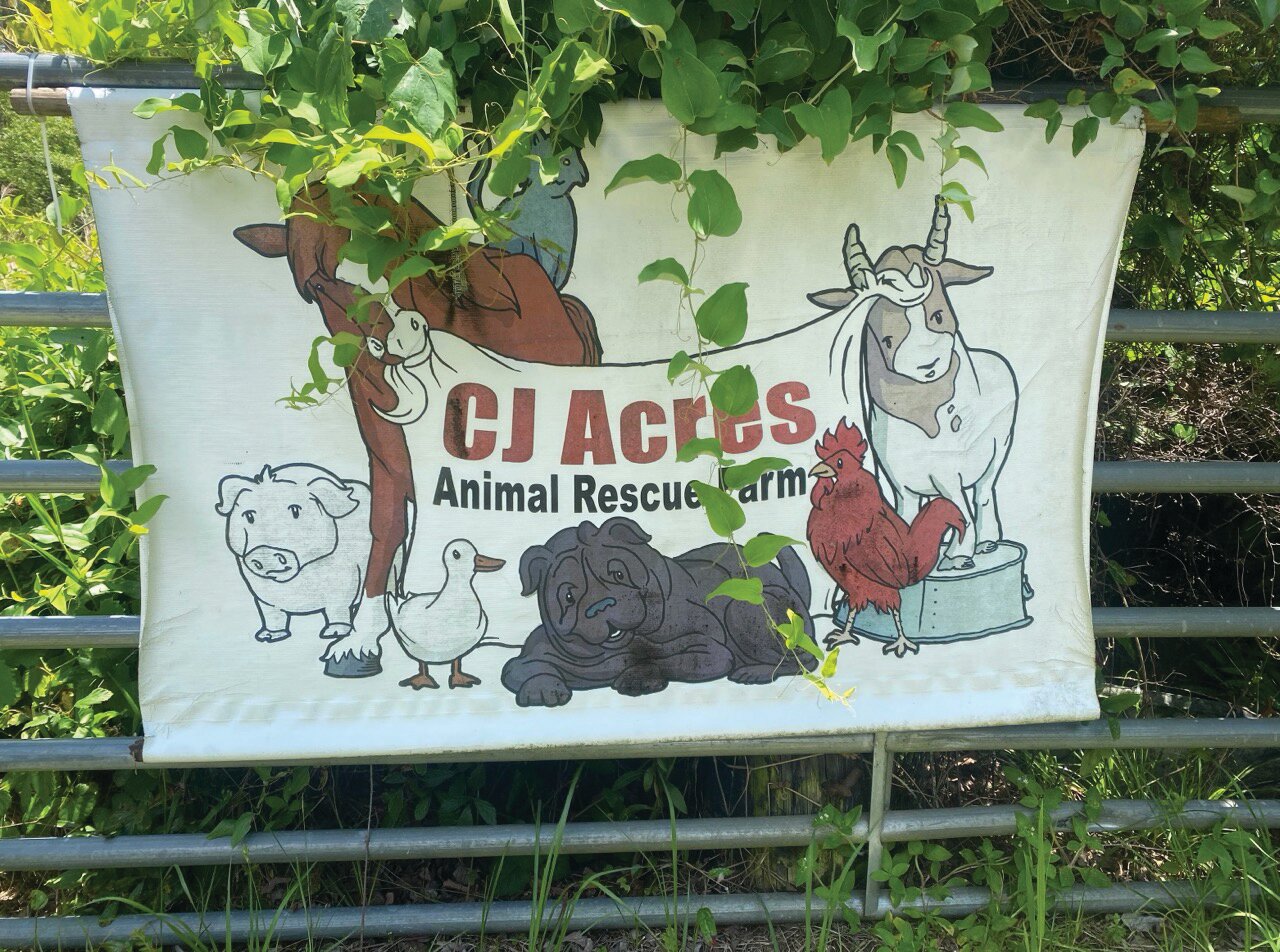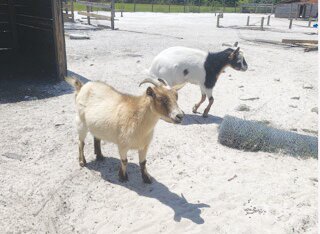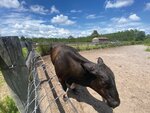Keeping Fido, Fluffy safe during hurricane season
CLAY COUNTY – While no storms are on the radar, residents should begin preparing for themselves, their families and their pets.
There’s plenty that county residents can do now to get a head …
This item is available in full to subscribers.
Attention subscribers
To continue reading, you will need to either log in to your subscriber account, below, or purchase a new subscription.
Please log in to continueDon't have an ID?Print subscribersIf you're a print subscriber, but do not yet have an online account, click here to create one. Non-subscribersClick here to see your options for subscribing. Single day passYou also have the option of purchasing 24 hours of access, for $1.00. Click here to purchase a single day pass. |
Keeping Fido, Fluffy safe during hurricane season
CLAY COUNTY – While no storms are on the radar, residents should begin preparing for themselves, their families and their pets.
There’s plenty that county residents can do now to get a head start.
For pet owners, food, water, medications and shelter are the most important things to have on hand. Special considerations should also be made in advance to provide shelter and relief areas.
Dogs, cats, rodents, birds and rabbits are the only animals accepted at selected animal-friendly shelters in Clay County. Visit claycounty.gov to find out which locations will accept pets.
“A lot of dogs will not go outside to use the restroom, so a lot of people recommend getting a big kids’ pool and putting some sod in it and putting that in the garage. That way, a dog has a place to go potty and they’re not out in the rain,” said Sandy Summerton, Executive Director of Safe Animal Shelter.
Keeping pets safe and comfortable during a storm is also crucial.
“It’s really important to make sure you’re keeping your animals contained because they are stressed out during that time.”
Summerton said owners should have a stock of food, water and medications for at least two weeks.
“If we lose power and we’re out for two weeks, do we have enough for that time period. It’s the same kind of thing for when we prepare for ourselves. We need to make sure that we’re also looking out for our animals and pets,” Summerton said.
She had one last word of advice:
“Do not leave your animals on leashes when outside and in a storm. We should not be keeping animals outside in a storm. Make sure any of those animals are brought inside,” she said.
Another important tip to keep pets safe is to create an emergency kit tailored specifically to them.
The Federal Emergency Management Agency recommends individuals gather a three-day food supply in an airtight, waterproof container and three days of water, along with medications and medical records.
Registration documents, adoption papers and vaccinations should be gathered. It would be best to talk to a veterinarian about microchipping and enrolling your pet in a recovery database is also recommended.
A first aid kit is also never a bad thing to have. Cotton bandage rolls, bandage tape and scissors, antibiotic ointment, flea and tick prevention, latex gloves, isopropyl alcohol, and saline solution are recommended items to include.
Also, have a sturdy, reliable crate or pet carrier handy in case you need to evacuate. The container should be large enough for the pet to stand, turn around and lie down.
Bring litter and a litter box if appropriate, along with newspapers, paper towels, plastic trash bags and household chlorine bleach.
Last but not least, a photograph of you and your pet should be taken and saved if you haven’t done so already. If you become separated from your pet, the picture will help you document ownership and allow others to assist you in recovering your animal. Writing down species, breed, age, sex, color and other distinguishing characteristics on the back of the picture could make the difference between lost and found.
There are also plenty of important considerations to be made for farm animals as hurricane season touches down in the county.
Lee Sackett, the founder of CJ Acres Animal Rescue Farm, a nonprofit and all-volunteer animal rescue farm that reduces suffering and rehabilitates several species in Keystone Heights, knows about preparing for a storm.
With more than 100 animals, CJ Acres has information to protect horses, cows, goats, feral cats, sheep, chickens, pigs or ducks. The animals come from across Florida, the Southeast, the United States and Canada.
With a wide-ranging list of animals with various needs, evacuation is not an option.
“We find that it’s time-consuming, and there are too many challenges with trying to move over 100 animals,” he said.
Focusing on preparation is a better option, and it’s a process that begins before hurricane season began on June 1.
“For us, it’s making sure that we have the proper equipment and personnel to take care of any issues before an event,” he said.
“Whether it’s a hamster or a bull, it’s an event that you should be taking seriously. Some people think ‘Oh, this hurricane is not going to hit us because the (weather predictions) were wrong the last three times. You can’t arrive to the Home Depot the day before a storm hits and magically think they will have generators,” Sackett said.
Utilize CJ Acres’ 3-3-3 strategy 30 days before a storm.
“Thirty days ahead, think about, ‘Do we have everything we need?’ Three days ahead, ask that question again. Three hours ahead, ask yourself, ‘What do we need last minute?’ Do we need to close up the barn? What are we missing? It’s our last chance,” he said.
Sackett’s strategy has worked well so far.
“We’ve never had an animal that was injured, ran out of food, or ran out of water, and that’s even when power has been out for over a week, and a lot of that is just due to preparation,” Sackett said.
For more information, visit https://www.ready.gov/pets, www.fdacs.gov/Consumer-Resources/Animals/Animal-Related-Emergency-Response and FloridaDisaster.org/PlanPrepare/Pet-Plan.


